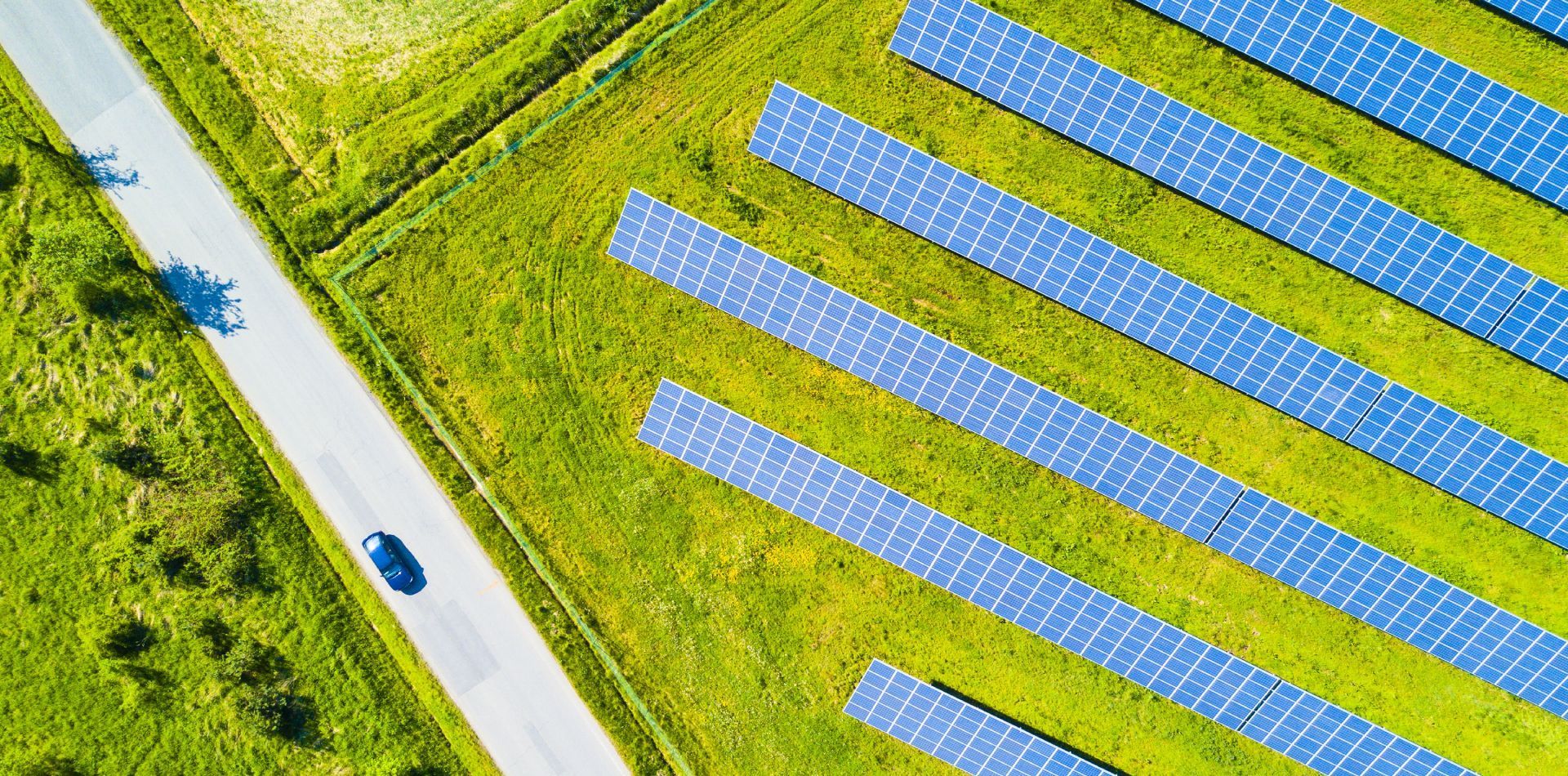Climate change is one of the most serious global challenges of our time. It poses significant risks to economies, societies and ecosystems around the world. Tackling climate change requires significant investment in clean energy, low-carbon infrastructure and climate-resilient development. However, developing countries, which are most vulnerable to the effects of climate change, often lack the financial resources and technical capabilities to make these investments. Climate finance is an important tool to bridge this gap and enable developing countries to take action on climate change.
Climate finance refers to the flow of money from developed countries to developing countries to support activities that reduce greenhouse gas emissions, enhance climate resilience, and promote sustainable development. Climate finance can take many forms, including grants, concessional loans and investments in renewable energy, energy efficiency and climate-resilient infrastructure. Climate finance can also assist in the development and implementation of policies and strategies to address climate change, such as national climate change adaptation plans or low-emission development strategies.
The need for climate finance stems from the recognition that developed countries have historically contributed most to greenhouse gas emissions while developing countries are disproportionately affected by the effects of climate change. Developed countries have a responsibility to support developing countries in their efforts to combat climate change and transition to low-carbon, climate-resilient economies. Climate finance is an important component of international climate change negotiations and is often discussed in the context of the United Nations Framework Convention on Climate Change (UNFCCC) and its associated mechanisms, such as the Green Climate Fund.
Climate finance has the potential to drive transformative change in developing countries by providing the resources needed to scale up climate action. For example, climate finance can help developing countries make the transition to clean energy systems, which can reduce greenhouse gas emissions, improve air quality, and provide energy access to people who have little access to energy. It is lacking at present. Climate finance can also support climate-resilient infrastructure projects such as sea walls and flood protection, which can protect vulnerable communities from the effects of climate change.
In addition to its environmental benefits, climate finance can also have significant economic and social benefits. Climate finance can spur economic growth by creating new industries and jobs in the renewable energy and energy efficiency sectors. Climate finance can also improve access to clean energy and water, which can have a positive impact on health, education and gender equality. Climate finance can also aid in the development of resilient and adaptive communities, thereby improving livelihoods and reducing poverty.
Despite its potential benefits, climate finance faces a number of challenges. One of the main challenges is the lack of predictable and sustainable funding. Climate finance depends on contributions from developed countries, which are often subject to political and economic fluctuations. The scale of climate finance needed to tackle climate change is also significant and is estimated to require trillions of dollars over the coming decades. Mobilizing this level of funding will require new and innovative financial mechanisms as well as increased public and private sector participation.
Another challenge of climate finance is the lack of transparency and accountability in its delivery. It is often difficult to track climate finance flows and ensure that funds are being used effectively and efficiently. There is also a risk that climate finance could perpetuate existing inequalities and power imbalances, particularly if it is not sufficiently aligned with the priorities and needs of recipient countries.
Overcoming these challenges requires greater international cooperation and coordination on climate finance. Developed countries need to honor their commitments to provide climate finance, and establish mechanisms to ensure that the money is being used effectively and in a transparent manner. Developing countries need to develop strong national strategies and institutions to effectively manage and deliver climate finance, and ensure climate finance is aligned with their development priorities.
There is also a need to explore new and innovative financial mechanisms to mobilize climate finance on a large scale. For example, green bonds and climate risk insurance can help mobilize private sector finance for climate action. Carbon pricing mechanisms, such as carbon taxes and emissions trading schemes, can also create a predictable and stable source of funding for climate action.
In conclusion, climate finance is an important tool for addressing climate change and promoting sustainable development in developing countries. It has the potential to drive transformative change in developing countries by providing the resources needed to scale up climate action. However, climate finance faces a number of challenges, including a lack of predictable and sustainable funding and a lack of transparency and accountability in its distribution. To overcome these challenges, there is a need for greater international cooperation and coordination on climate finance, as well as new and innovative financial mechanisms to mobilize climate finance on a large scale. By working together to address these challenges, we can ensure climate finance plays an important role in building a sustainable and resilient future for all.








0 comments:
Post a Comment